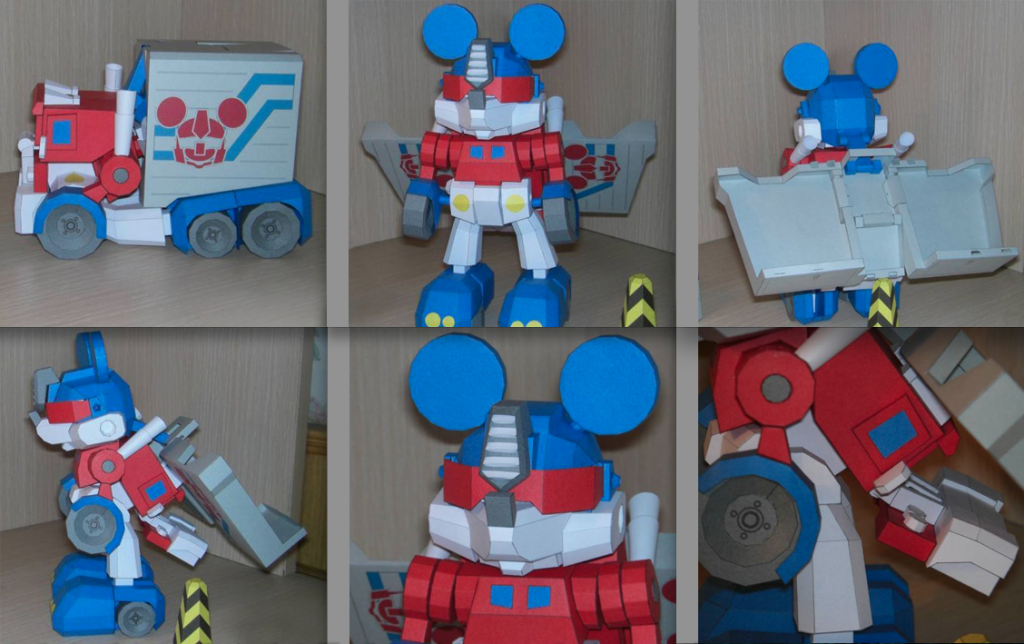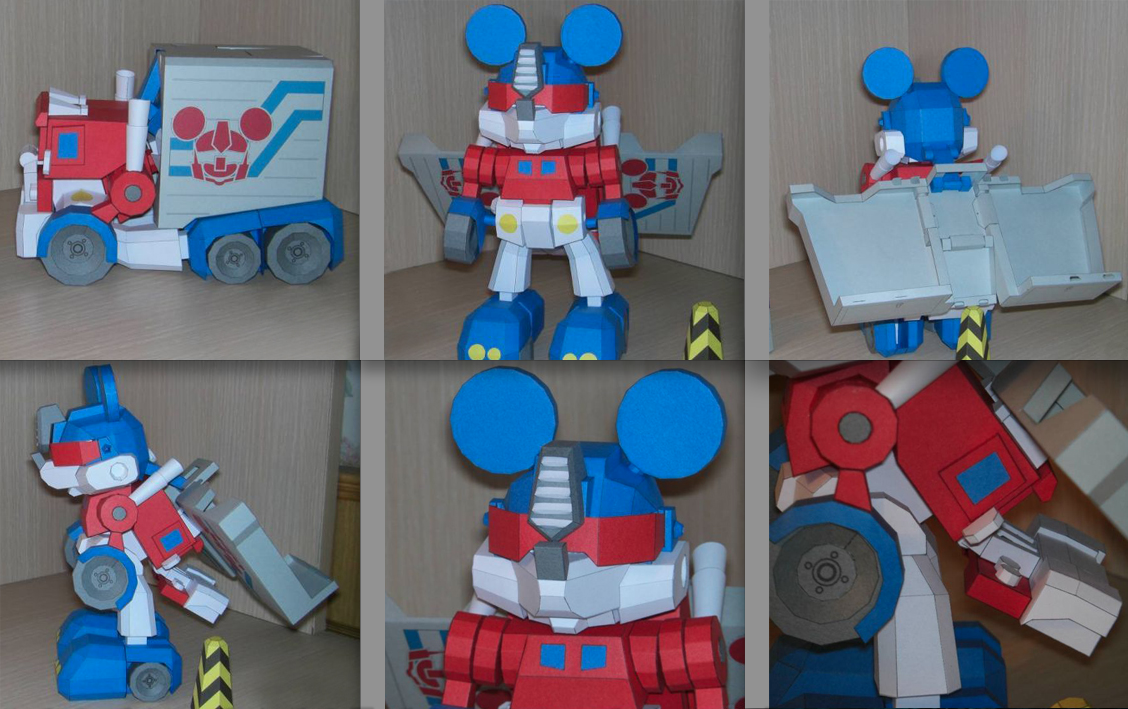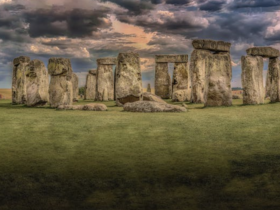For those of us who have grown up in the 90’s Looney tunes, Tom and Jerry and Cartoon Network productions like Dexter’s Laboratory and The Power Puff Girls are the golden childhood memories that make us want to sit down in a comfortable sofa and float upon the river of sweet nostalgia. Ah, the golden days of animation, we call them. However the kids of today would beg to differ. The science of animation has progressed by leaps and bounds, and the Computer Generated 3D Hulks of this age can wipe the board with 2D Superman’s of the days gone by.

It Began In The Ancient Times:
The earliest attempts at motion art are recorded to be almost five thousand years old. Pieces of pottery and tarnished murals have been found in the ruins of ancient Persian and Egyptian civilizations that show a series of drawings with minimal differences painted in a chronological order to create the impression of movement. A goat taking a bite at the bushes depicted in five stages, for instance, was found painted on pot in Iran that is said to be 5200 years old. The crucial element missing from them was a means to show them in actual motion. However, these could still be deemed as the earliest form of animation as the subsequent techniques are loosely based upon them.
Pre-Film Animation:
Before pictures were truly brought to life by the advent of film, a lot of other methods were experimented with to replicate lifelike motion. Perhaps, the most notable of them is the Zoetrope. The Zoetrope is a cylindrical rotational device with equidistant slits on it. Strips of drawings in different phases were kept inside, so that anyone viewing the pictures through the slit while the device rotated was treated with the illusion of motion. Fascinating as this was, it was of little use as a device of mass utility. Zoetrope’s are still sometimes used by students of animation as a learning tool and by some as a marketing stunt. In 2008, Sony built the world’s largest zoetrope in UK called the Bravia-dome to promote its interpolation technology. 3D zoetrope’s are used by animation giants like Ghibli and Toy Story as an attraction in their exhibits.
The Flip book also deserves a mention as early animators claim it as the inspiration for their work. The idea is simple, draw a series of slightly different drawings on separate pages of a book and flip the pages fast using your hand. The simplicity of this technique has made it endearing, as children across the world still love a flip book.
Along Came The Motion Picture:
The first film to be entirely using animation was the ‘Humorous Phases of Funny Faces’ released in 1906. The first animated cartoon character however was ‘Gertie the Dinosaur’; it was also the first cartoon to feature live action as well as animation. These films were hardly five minutes long each, and still consisted of tens of thousands of individual hand drawn frames.
As the fame of motion pictures grew, production houses began to adopt it. ‘Felix the Cat’ became the first cartoon to be merchandized, and it attracted large public interest. These films belong to the ‘silent era’. That era refers to the time synchronized was not taped on the film itself.
Disney And Warner Bros.: Fathers Of Animation:
The first cartoon with synchronized audio and a pre-recorded audio track was none other than our beloved Mickey Mouse, by Walt Disney. Disney is responsible for the many wondrous developments in the world of animation. ‘Snow White and the Seven Dwarfs’ the first full length film, was also made by Disney. With the subsequent releases of ‘Lady and the Tramp’, ‘Sleeping Beauty’ Disney established itself as a household name. Today Disney is symbolic to family entertainment and releases blockbuster animated movies each year its recent releases being mega successful ventures like ‘Frozen’.
Warner Bros. another leader of the animation world came in not much time after Disney. Although Warner Bros. does not focus on making animated movies these days as much as Disney, they were the proud producers of the wildly popular‘Looney Tunes’.
Pixar And The Computer Generated Imagery:
It did not take long for the animators to combine the raw power of computing with the fine art of animation. The result was the CGI (Computer Generated Imagery). CGI replaced the 2D modelling with the stunningly lifelike 3D version. Pixar is the front runner in CGI, its ‘Toy Story’ being the first exclusively computer generated movie. With later releases like the insanely well received ‘Finding Nemo’ and ‘Up’ and ‘Inside Out’, Pixar has established itself as a market staple.
Now, the use of CGI is not only restricted to making cartoon movies. The versatility, ease and larger-than-life attributes that CGI can impart to a movie has made it an indispensable tool for Live Action movies as well. Its ability to convincingly portray fantastical creations and special effects was soon deployed. Movies like the ‘Transformers’ depicting giant robots that can turn into cars roaming about metropolises’, and ‘The Avengers’ destroying cities could not have been possible had it not been for CGI.
Author’s Bio:
A Graphic Designer by occupation, Melody Wilson also likes to write about animation. She has kindly been a regular contributor at Vid Wonders. Her interest in the area of children’s illustrations translates into her day job, where she works as an illustrator for an organization that is making educational and developmental mobile applications for children. She loves her work and hopes to design her own children’s animation website. And share your reviews at social sites as Gplus and Twitter.
























